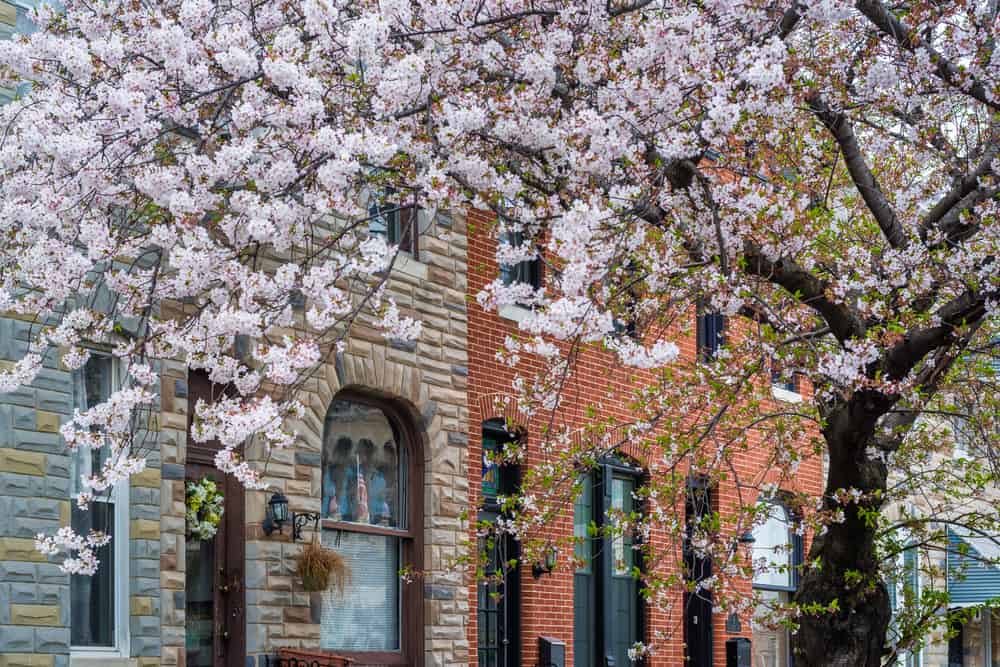

For example, when overhunting of sea otters – the main predator of kelp-eating sea urchins – led to kelp die-offs in the 1700s, the kelp-eating sea cow went extinct,” it adds. “With fewer populations, species are unable to serve their function in an ecosystem, which can have rippling effects. “In addition to rising extinction rates, the cumulative loss of populations – individual, localized groups of a particular species – and geographic range has led to the extinction of more than 237,000 populations of those 515 species since 1900,” Stanford University explains. Most of the species at particular risk are in tropical and subtropical regions that are affected by human encroachment. About half of the species have fewer than 250 individuals left, which means that even a relatively minor environmental stress, such as further habitat loss, poaching or disease, could wipe them out entirely. “When humanity exterminates populations and species of other creatures, it is sawing off the limb on which it is sitting, destroying working parts of our own life-support system,” says Paul Ehrlich, a prominent biologist at the Stanford University’s Woods Institute for the Environment who was an author of the study.Įhrlich and his colleagues examined the abundance and distribution of critically endangered species and found that 515 species of terrestrial vertebrates, or 1.7% of all the species they analyzed, are teetering on the brink of extinction with fewer than 1,000 individuals of them left in the wild.

In the regions where disappearing species are concentrated, regional biodiversity collapses are likely occurring,” the experts note. “pecies are links in ecosystems, and, as they fall out, the species they interact with are likely to go also. In delicately poised ecosystems such as coral reefs, mangrove forests, rainforests and deserts even the loss of a few keystone species could have severe knock-on effects for other species within them. Roughly the same number of species will likely go extinct in the wild in just the next two decades. Habitat destruction, the international wildlife trade, wanton pollution and climate change are posing further existential threats to a whole host of critically endangered animals.īased on the researchers’ estimates, in the the last century at least 543 land vertebrate species went extinct. The main reasons are unchecked human population growth and the unstoppable exploitation of the scarce natural resources left on the planet.

The mass extinction of land animals, long underway, is picking up speed, the experts stress. “Thousands of populations of critically endangered vertebrate animal species have been lost in a century, indicating that the sixth mass extinction is human caused and accelerating.” “The ongoing sixth mass extinction may be the most serious environmental threat to the persistence of civilization, because it is irreversible,” the biologists write.

Many more will likely follow them into oblivion soon, a team of scientists warns in a new study, which makes for sobering reading. These are just some of the dozens of land-based vertebrate species that have gone extinct over the past century.


 0 kommentar(er)
0 kommentar(er)
